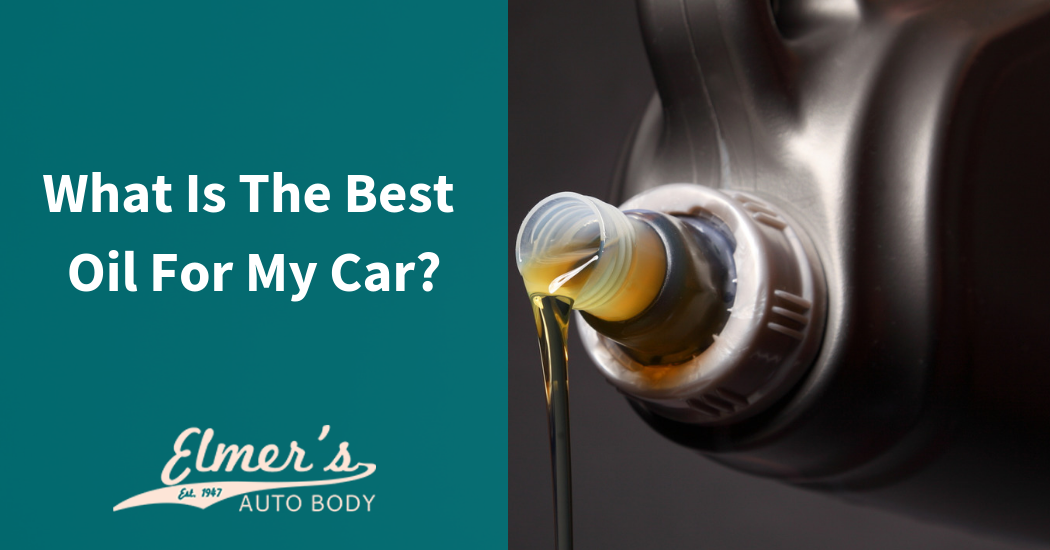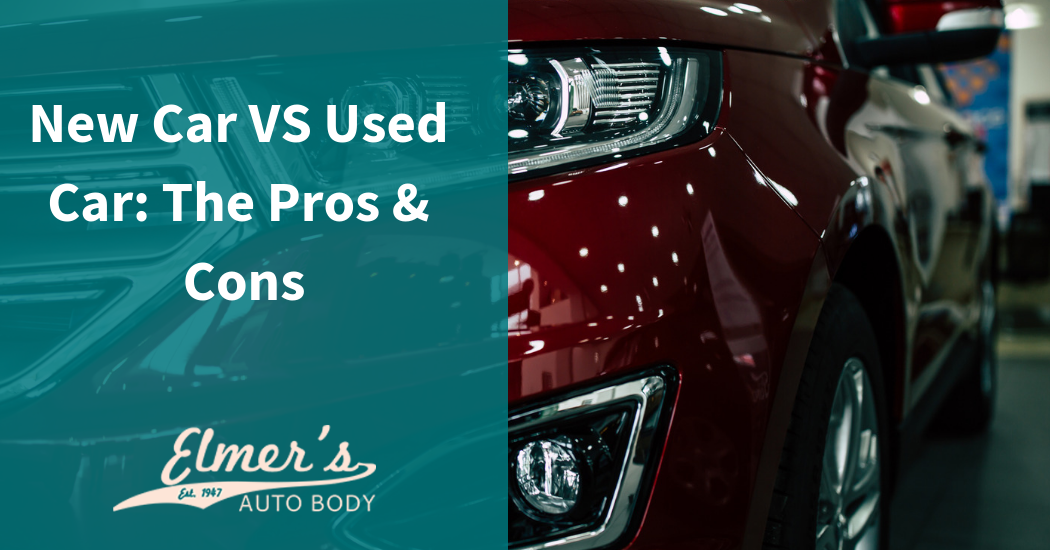If you have ever stood in an auto or department store and looked at the many different types of oil available, you know how confusing it can be too choose the right one out of the hundreds on the shelf. Choosing the right one can be confusing but it doesn’t have to be. The answer to what type you should buy is usually found right in your car’s manual.
Choosing Oil
What the manual will tell you is what weight oil is recommended for your vehicle. It may say something like “10W-30” or something similar. You want to choose an oil at that weight with a starburst symbol as this indicates it has been tested by the American Petroleum Institute (API). There is also a two-character service designation on the label which, today, would be “SL.” This refers to the engine and lab tests performed as well as control tests on high-temperature deposits.
Understanding Oil Labels
Inside the API label, you will see whether the oil meets the SL service rating. If your vehicle has a diesel engine, it will have a “C.” There is also an indication that the oil meets the Society of Automotive Engineers (SAE) Energy Conserving test. The starburst symbol on the label means that the oil has passed the tests listed by the API.
What is Viscosity?
Viscosity is a liquid’s resistance to flow. The number before the “W” represents the number above zero degrees Fahrenheit and the number after the “W” represents the number above 212 degrees. As motor oil cools, it thickens and as it warms, it thins. Additives help resist thinning so that the oil can be rated for one viscosity in cold weather and a different viscosity in warm weather. The more resistant it is to thinning, the higher the second number will be. In other words, 10W-40 oil will thin less quickly than 10W-30 oil. You want an oil that resists thickening because it flows better into the moving parts of your engine. If oil is too thick, it requires the engine to work harder to turn the crankshaft which is submerged in oil. This can make it harder to start your engine and reduce your fuel economy. If you live in an area that sees severe cold, you may need to use a 5W oil, although synthetic oils flow even more freely when cold so the 0W rating is not as important in those types of oils.
If you are confused about what type of oil to buy for your vehicle, let us do the work for you. Schedule an appointment today by calling or completing the easy online form.




